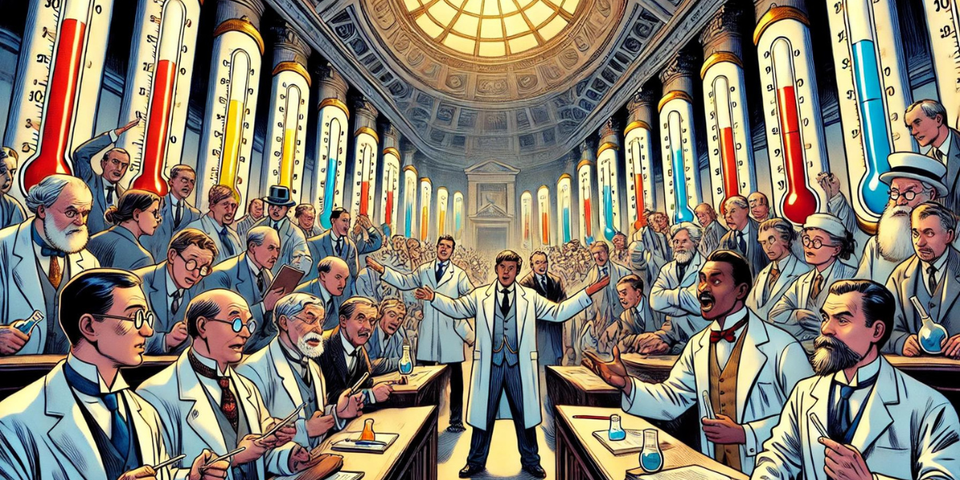Should bank stress testers worry about the RCP 8.5 controversy?

For the past few years, climate scientists have debated the plausibility of the oft-used RCP 8.5 scenario. This is the most extreme of the Representative Concentration Pathway (RCP) projections that link emission levels to future global temperatures. My background is in banking, economics and stats – I’ll leave the guts of the science debate to the scientists.
This scenario is possibly given more weight than any other when used for stress tests conducted by bankers, insurers, and financial regulators. Commonly described as a “hothouse world” event, it is supposed to demonstrate the outcomes that may result if no action is taken to address global warming – including a global average temperature increase of well above 2°C. The basic idea is that a failure to shift to net zero will cause emissions to grow along a path that is broadly consistent with RCP 8.5, leading to catastrophic temperature increases and – potentially – the highest projected bank losses.
The UK’s Financial Conduct Authority (FCA) has described RCP 8.5 as “the most popular choice and can be useful as a baseline against which to assess the impact of other scenarios.” The Bank of England just endorsed the scenario without question and a recent joint report by the European Central Bank and the European Systemic Risk Board used the scenario widely without noting any conceptual problems or referring to any scientific controversies.
The question I want to address is whether the debate about the plausibility of the scenario should concern its various users in the banking and finance industries.